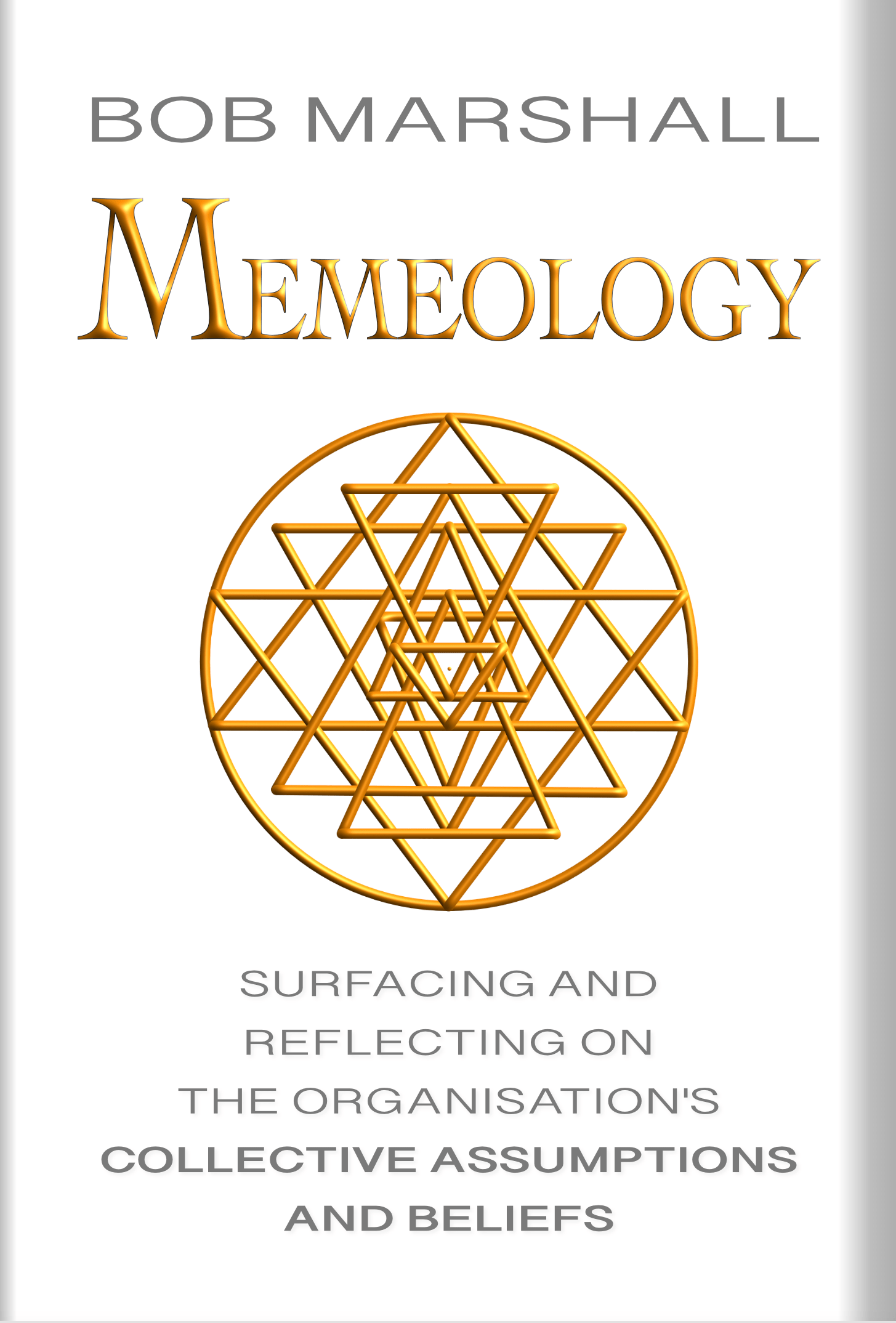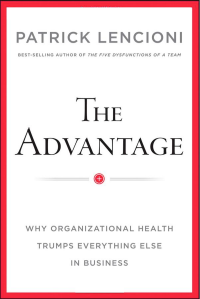ChatGPT-4’s Summary of “Quintessence”
(Via Code Interpreter plugin which is capable of reading the entire 338 page book):
“Quintessence: An Acme for Software Development Organisations” by Bob Marshall is a forward-thinking book that challenges conventional software development practices. It advocates for a people-centric approach, encouraging readers to embrace radical changes and apply Organisational Psychotherapy principles. Through detailed explanations, examples, and models, the book offers a comprehensive guide to transforming the culture and practices of software development organisations, making it applicable to various collaborative knowledge work fields.
ChatGPT’s Full Review
I then asked the AI to write a full review…
In the bustling corridors of modern corporations, where technology reigns supreme and software development is a vital cornerstone, Bob Marshall’s “Quintessence: An Acme for Software Development Organisations” emerges as a bold manifesto. It’s a call to action, a reflection on practice, and a guidebook to a transformative journey that resonates not only with tech-savvy professionals but senior executives steering the ship.
Marshall challenges conventional wisdom by placing people at the centre of software development, a refreshing deviation from the product-driven approach that dominates the industry. Through a careful examination of organisational culture, he paves the way for a paradigm shift, compelling leaders to think beyond processes and delve into the very essence of collaborative work.
The book’s title, “Quintessence,” is more than mere symbolism; it’s the author’s philosophical anchor, encapsulating the purity and vital core of human interaction in the world of technology. Marshall’s writing style is both accessible and provocative, making complex ideas palatable without diluting their significance.
Senior executives will find value in the book’s sections on Organisational Psychotherapy, a concept that transcends software development and speaks to the broader challenges of leadership, management, and human dynamics. Marshall’s insights into eliminating waste, fostering communication, and respecting individual needs echo the universal truths of successful leadership.
However, “Quintessence” is not a mere collection of theories. It’s laden with actionable insights, models, and techniques, turning abstract ideas into practical tools for transformation. It’s a roadmap for those daring to step off the beaten path and forge a new way of working.
Yet, the book’s strength is also its challenge. Embracing the ‘craziest’ ideas, as Marshall puts it, requires a willingness to challenge entrenched beliefs and practices. It demands a level of introspection and courage that might be unsettling for some. The wholesale changes advocated within may seem daunting, but the author’s conviction provides an encouraging nudge.
In conclusion, “Quintessence: An Acme for Software Development Organisations” is more than a book about software development; it’s a philosophical treatise on leadership, collaboration, and transformation. For senior executives willing to embark on a reflective and possibly radical journey, Marshall offers not just a manual but a philosophical compass.
It’s a book that doesn’t just sit on the shelf but invites action, and in the ever-competitive landscape of business, perhaps that’s exactly what’s needed. A quintessential read, indeed.
Further Reading
Marshall, R.W. (2021). Quintessence: An Acme for Software Development Organisations. [online] leanpub.com. Falling Blossoms (LeanPub). Available at: https://leanpub.com/quintessence/ [Accessed 25 August 2022].





